This post is also available in: Croatian
Apart from series of natural and gastronomic goods, our country is also proud of admirable collection of UNESCO-protected intangible cultural heritage – by representation first in Europe, third in the world!
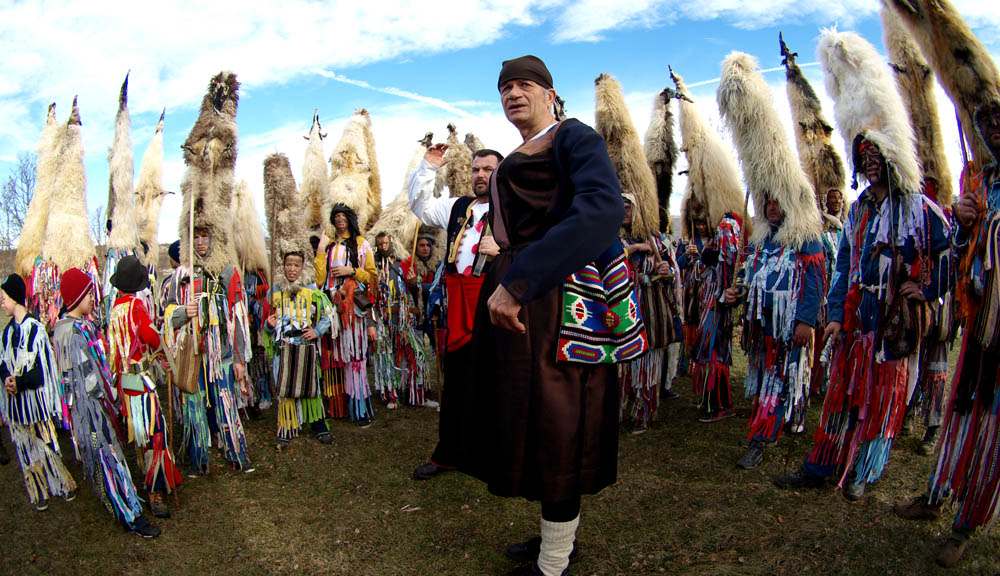
Considering the amount of cultural heritage that our country cherishes, the list is expected to expand in times to come.

Intangible heritage encompasses different shapes of folk and traditional cultural expressions – language, oral literature, music, dance, games, mythology, ceremonies, customs and traditional crafts; but also living communities where these shapes of culture are being cherished in.
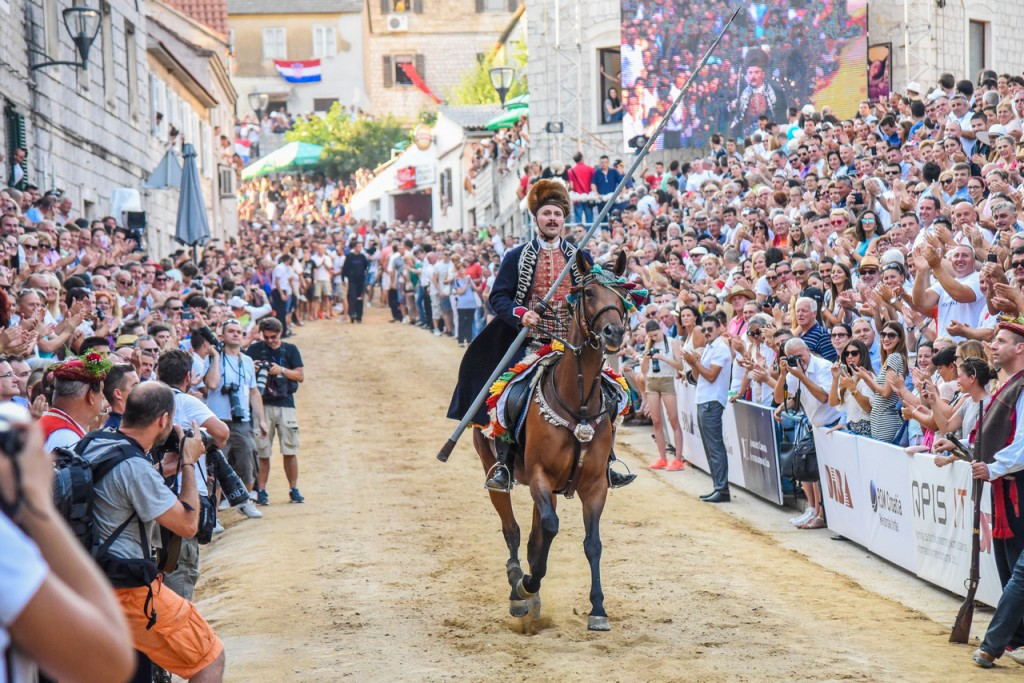
The most famous of them all, the pride of Sinj and Cetina region, is an equestrian game Sinj Alka. It has been established in memory of the victory of Sinj people against the Ottomans in 1715; and as a gratitude to Our Miraculous Lady of Sinj who, according to a legend, saved Sinj and its defenders. From then on Alka has been performed in almost uninterrupted continuity. The game is regulated by Alka statue book that includes rigorous rules that ensure its authenticity, its origin and purpose. It has been protected by UNESCO since 2010.
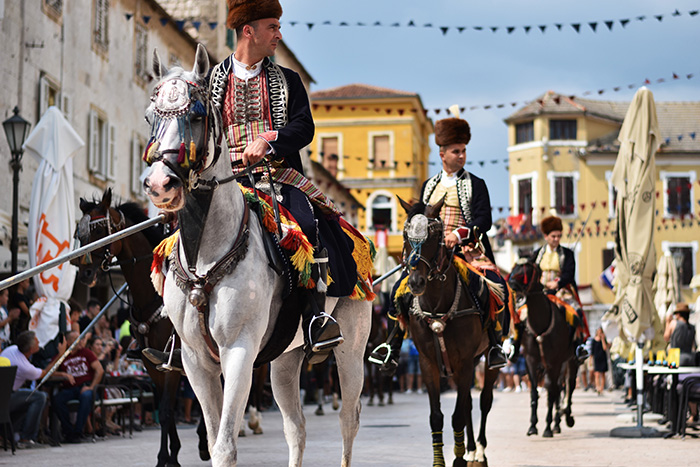
Ojkavica is a characteristic singing with many melodic fineries, the most basic being shaking technique on the syllabus “oj”, which can be at the beginning, in the middle or at the end of the song. Two or more singers sing in multi-part, strongly and loudly, while the song lyrics are mainly very unique and suggestive.

It is sung in entire Dalmatian Zagora, while in Sinj its traditional name is rera. It has been protected by UNESC also since 2010. Even to this day it is passed on from one generation to another thanks to perseverance of cultural-art societies and folklore groups.

With their continuous efforts they are saving rera from oblivion, as well as another UNESCO-listed cultural good – Silent Dance. It is a type of dance cherished in Dalmatian Zagora and unique for the way in which is performed – in circle, or more often – in pairs that move in circles or freely along the dance area.

Sometimes it is danced accompanied by rera, ganga, ojkavica or bagpipes, but in Dalmatia Zagora, almost exclusively without any musical background.

Today it is danced (although more rarely than before) for carnivals, on fairs, folk parties, weddings, local, regional or international folklore festivals and on local festivities in patron saints’ honour.

Ministry of Culture of Republic of Croatia protects numerous endangered intangible goods, with aim to cherish, protect and preserve them. One of these goods is the art of making boats in Otok near Sinj. It is a specificity of this region, which arose from the fact that Otok is in near vicinity of the Cetina river.

Written records about the beginnings of boat building do not exist, but the oldest preserved boat is about seventy years old. Economic activities (mostly agriculture), the number of inhabitants and the very position of the village are the main reasons for making Otok people use boats more intensely than others in their surroundings. Depending on the river depth, they used to paddle while sitting or even standing.

Annual carnival processions in villages under Kamešnica in the area of Sinj and Trilj town and Otok municipality have a long tradition and are the best promotor and keeper of carnival customs in these areas.
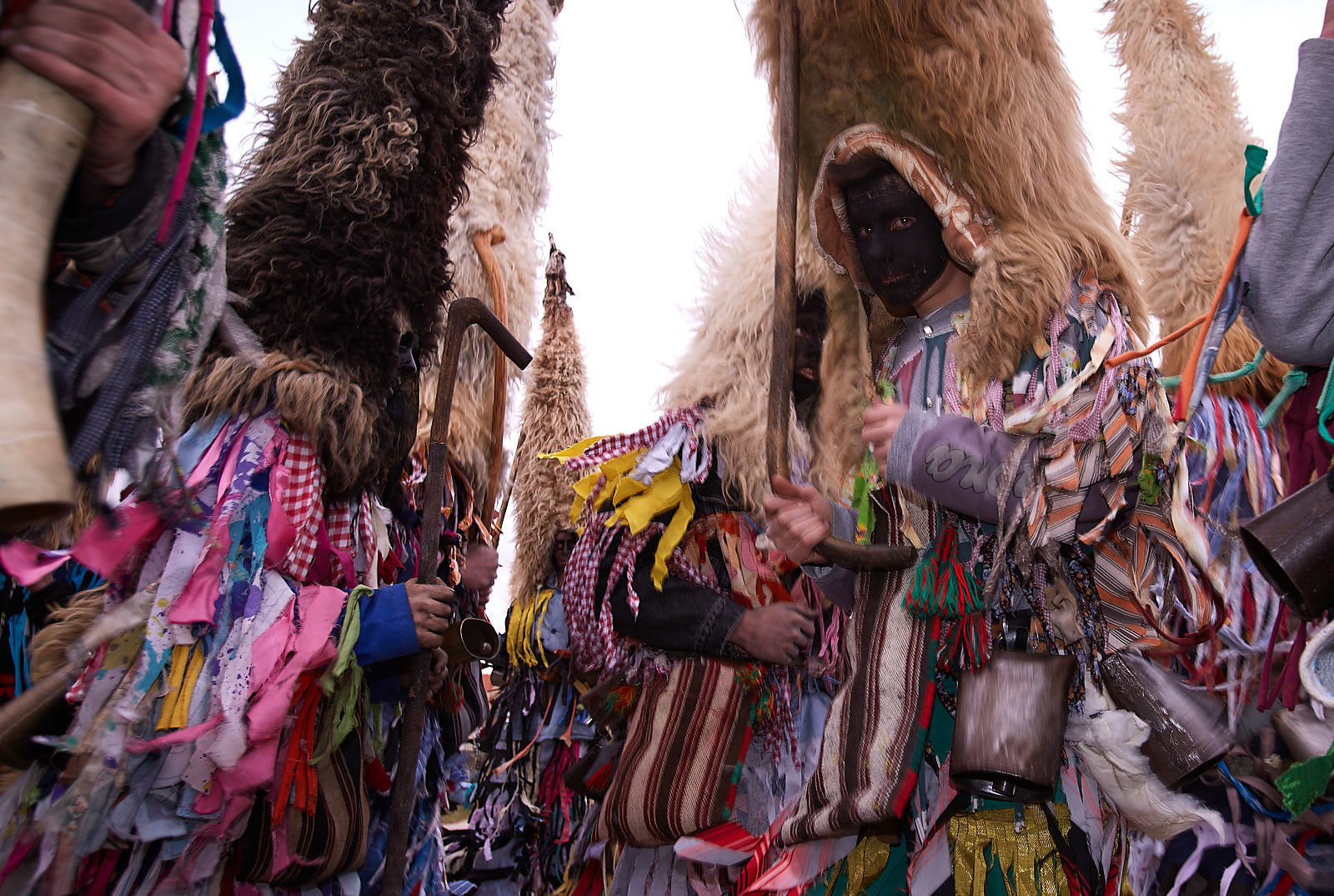
The processions are unique and original way of presenting ancient customs, frequently accompanied by the sounds of carnival bells and other specific rituals. The most attractive part of the procession are noisy and colourful didi, with 1,5 metres high sheep skins on their heads and bells around their waists.
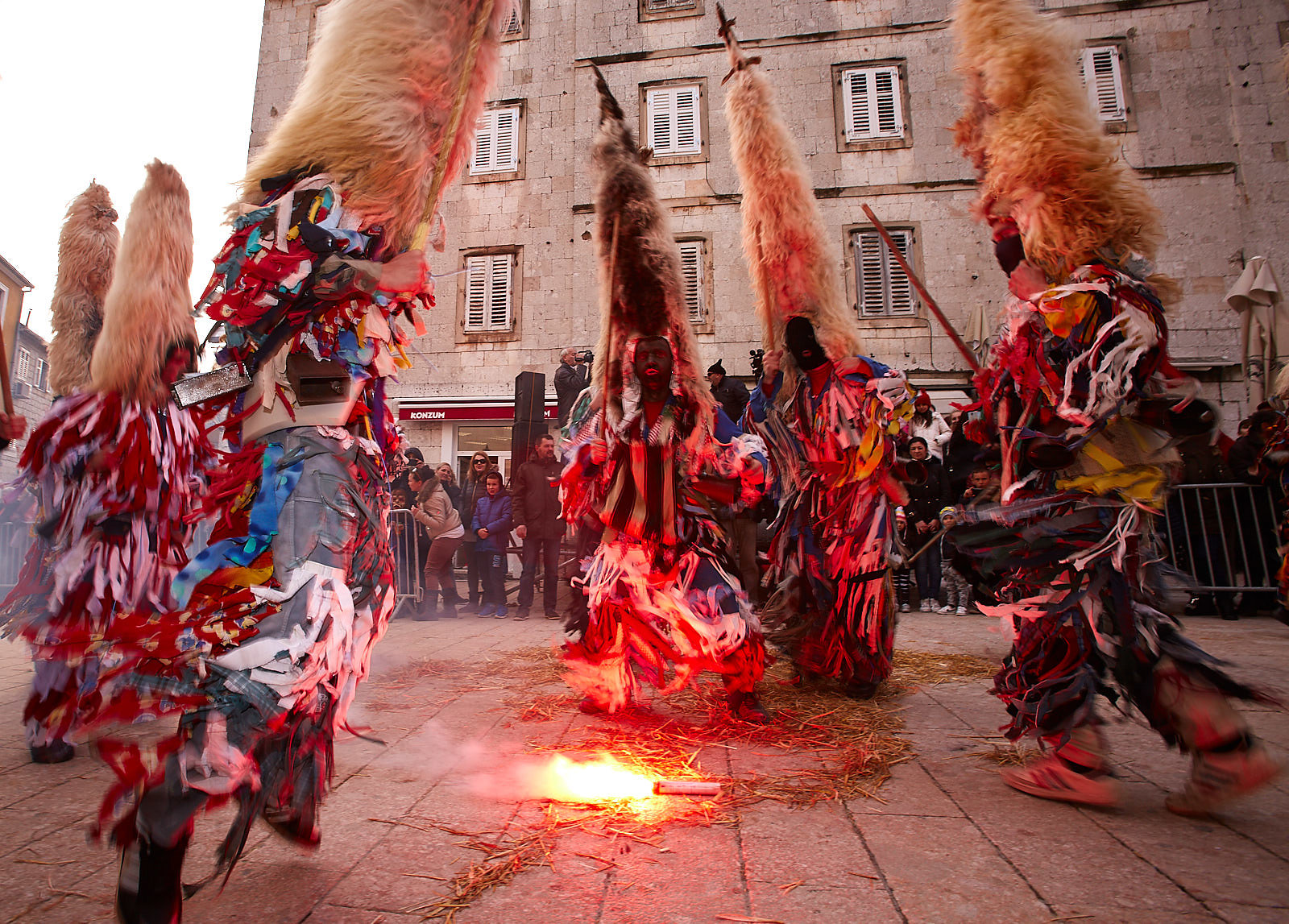
They are dressed in old clothes with colourful tassels and embody ancient struggle of good spirits and the winter, which they try to chase away with noise and jumping. Didi from Kamešnica have recently been guests of a famous carnival in Sardinia, where they have successfully showed a part of our tradition outside our borders.

Klapa singing is a traditional multi-part a cappella homophonic singing. Klapa songs are recognizable by their music structure, harmony, melody and lyrics. Despite various external influences, klapa song has kept its originality and faithful audience till today.

One of the old crafts that are on the verge of extinction is – traditional hand-wheel pottery from Potravlje. It was announced intangible cultural good in 2013, and the Ministry of Culture has nominated it for UNESCO protection. In our regions it has been used since the 4th century B.C., while in greater part of Europe this type was long ago replaced by foot-wheel pottery.
Unique artistry of making clay dishes in this fashion has been only preserved in Potravlje village in Hrvace Municipality – in only two families: family of Jure Knezović, where his sons Ivan and Pile have carried on the tradition, and the family of Jure’s brother Dušan Knezović.
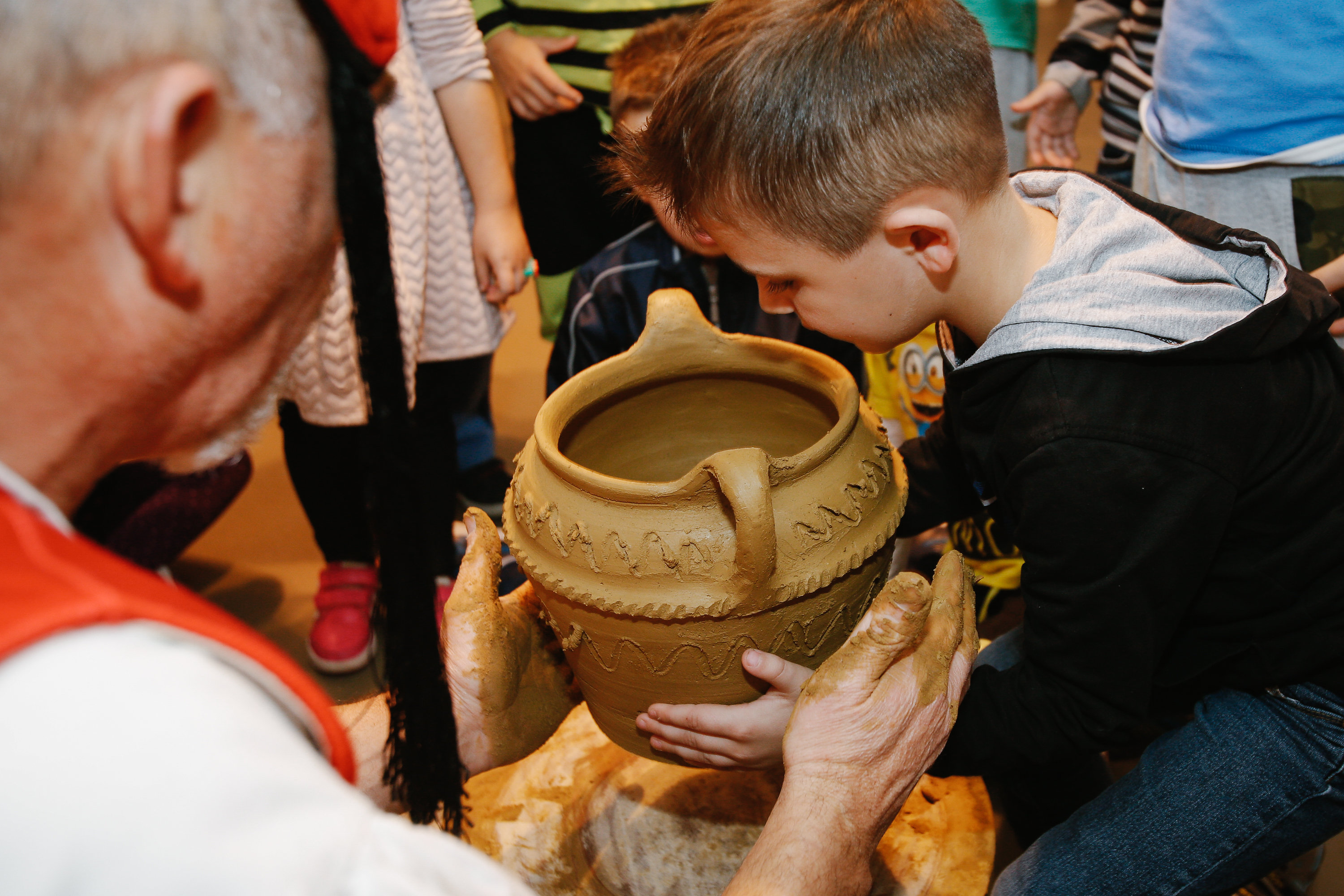
The potters from Potravlje, or, as they are usually called in this region, bakrari used to supply the whole Cetina Region and greater Dalmatia with their products
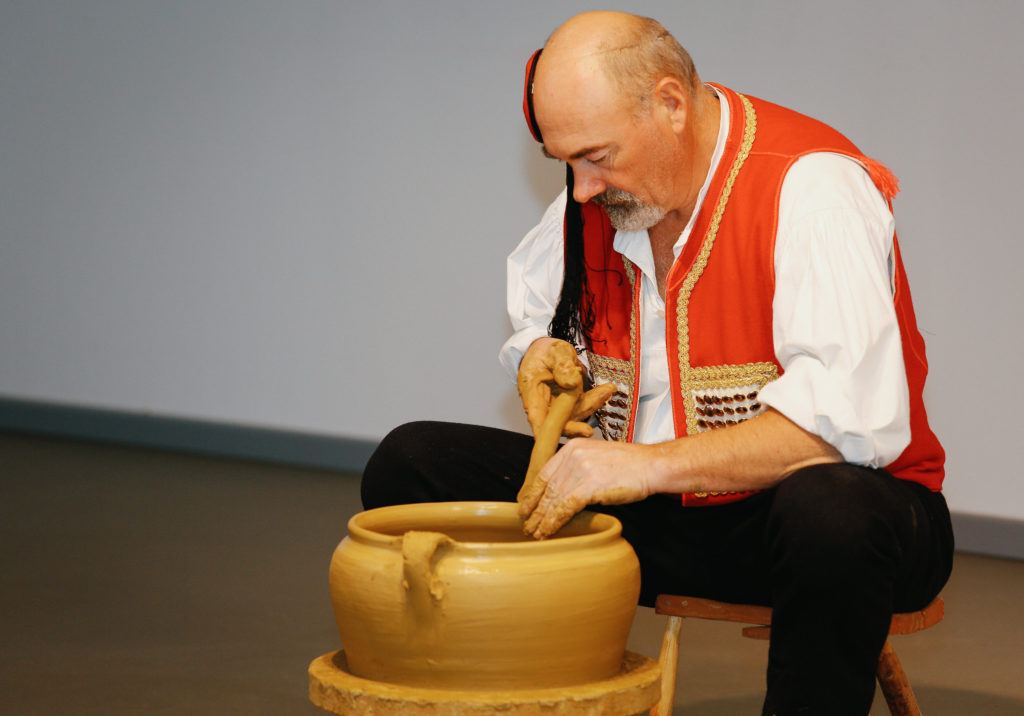
Up to the present day, they have sold their products at fairs in Sinj, Trilj, Zadvarje, Vrlika, Metković, Benkovac, Split and elsewhere. Apart from traditional pots, new types of pots are made nowadays, for instance, amphoras (for tourist purposes), flowerpots or pitari, and various miniature traditional pots sold as souvenirs.
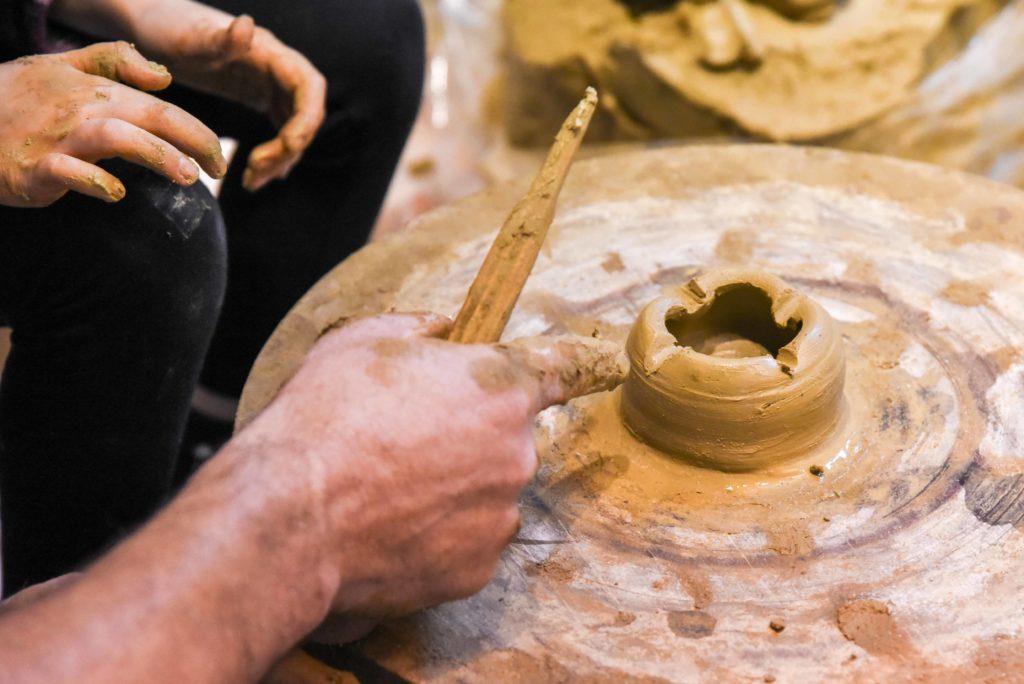
It is of utmost importance to preserve this part of our traditional culture and enable it to continue developing by passing on the knowledge onto young generations. With this goal in mind, Sinj Tourist Board, supported by the Ministry of Culture of Republic of Croatia, has been regularly organizing workshops of traditional hand-wheel pottery from Potravlje. For this effort it was awarded Plautilla award in category of The best cultural-tourism product. Great attendance rates and good feedback from foreign and national visitors, especially the young ones, bring hope that this craft is to live on and blossom.
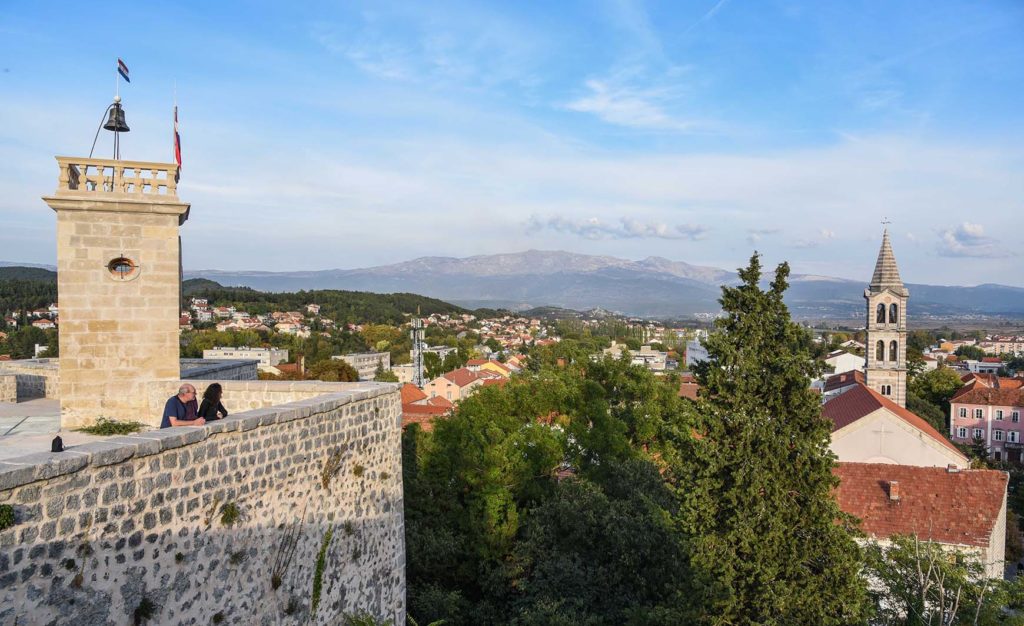
Preserving endangered intangible heritage is an important factor of not only cultural and national identity, but also of continuing efforts to blend these unique and priceless goods into our great tourist offer, all in correspondence with the laws of sustainable development.
More: www.dalmatia.hr
Photo: www.dalmatia.hr, croatia.hr, archive of tourist boards of Split – Dalmatia County

This post is also available in: Croatian
